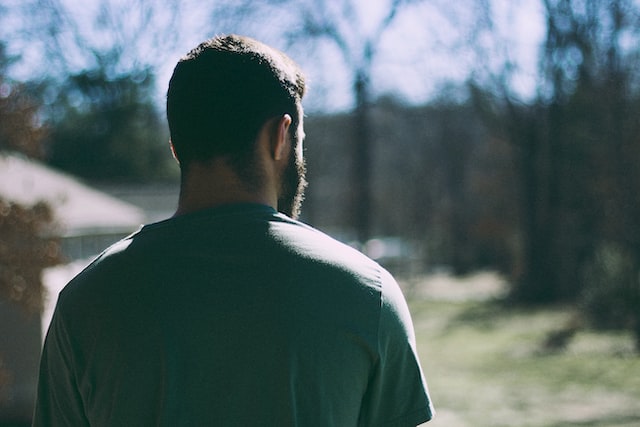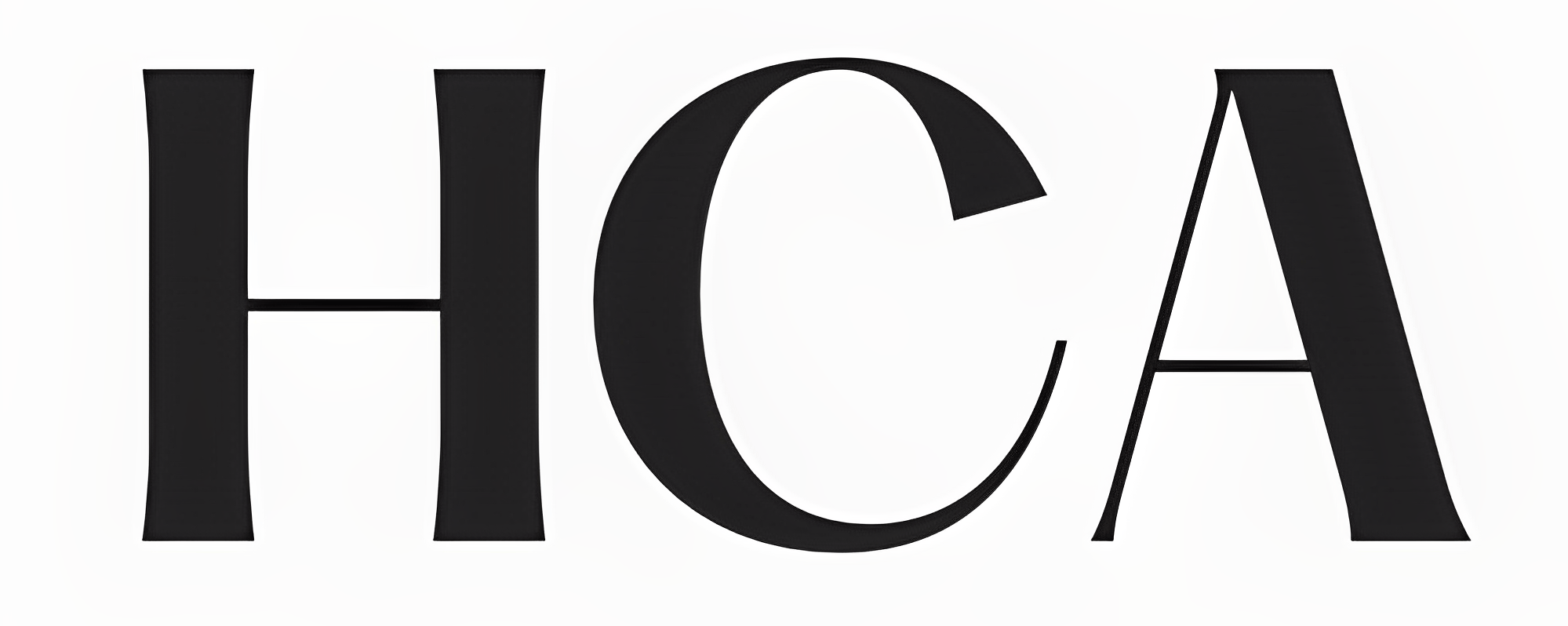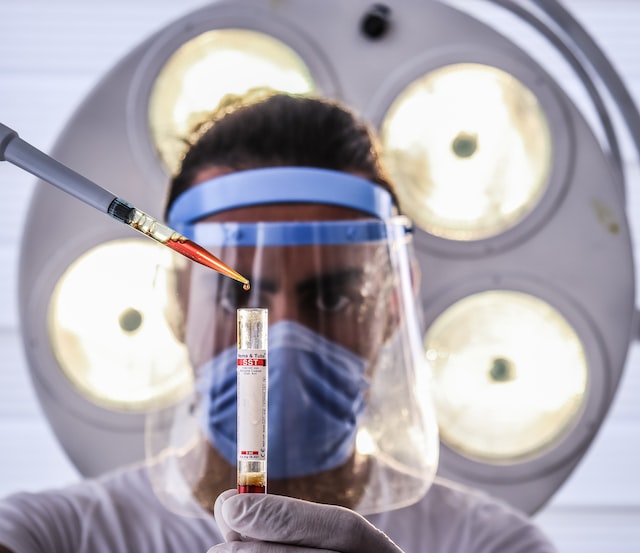Does Donor Area Hair Grow Back? (Explained)

Will hair from the donor area grow back after a hair transplant?
Answer: Donor area hair, which is extracted for hair transplant, will not grow back. Hairs from the donor area are pulled out with its root and placed in the recipient area where they start to grow. But, you’ll not see any hair growing back from the area where it is harvested from. In fact, there will be a white dot or scar in the donor area after a hair transplant.
If the donor area hair does not grow back, then should you go for a hair transplant? Find out the answer below.
Does donor area hair grow back?

In a hair transplant, the donor area is usually the back of the head where hairs are not affected by the hormones.
For most, hair fall occurs in the front and crown area of the head, leaving hair from the side and back of the head unaffected.
Hair from the back when taken out with its root intact and placed in the recipient area, will grow back and don’t fall out, as they are not affected by hormones that cause hair fall.
But, hair will not grow back in the area from where it is harvested from. Usually, it leaves a scar in the form of a white dot or linear line depending on the hair transplant method used.
Follicular Extraction Unit (FUE) method:
In this hair transplant technique, hair follicles are extracted from large areas across the donor part of the head.
Usually, after a few days of hair transplant using the method, you’ll see white dots which is the scar that is left in the place from where hair is harvested for hair transplant.
However, these white dots are very small, a few millimeters in size, which is not visible when you have long hair.
Hair transplant surgeons also choose the area with thick hair for harvesting hair.
Also, they don’t pull out hair from a single area in the donor part. That way hair in the donor area doesn’t get thin and much hair will remain which can grow back to cover the scar.
Follicular Unit Transplant (FUT) method:
In the FUT method, the surgeon will take out a strip of skin from the donor area and then pull out hair follicles to transplant them in the donor area. Then, they will put stitches to close the wound.
In this process, a linear scar will remain in the donor area where hair won’t grow back again. However, these scars are very thin and are not easily seen.
In fact, no one will notice the scar when you have long hair in your donor area.
How long does it take donor area hair to grow back?
Usually, it takes a few months for donor area hair to grow back. But, remember, in areas from where hai has been extracted for hair transplant, hair will not grow back.
Does the donor area look thin after a hair transplant?
During a hair transplant, hair is extracted from the thick area of the donor site. And, they are taken from a wide area.
That’s why the donor area doesn’t look thin after a hair transplant. But, if you already have thin hair or hair graft are over-harvested in the donor area, you’ll see more thinning after the procedure.
Do you have to shave your head for a hair transplant?
A hair transplant can be done without shaving your head. Using novel hair transplant techniques like U-FUE hair transplant and DHI. There is also the option of a partially shaved hair transplant.
Remember, an unshaven hair transplant is more complicated and time-consuming. It is also very expensive than the regular method of hair transplant.
With an unshaved hair transplant, you can resume your professional life within a few days without anyone noticing that you have gone through a hair transplant surgery. But, be prepared to pay extra dollars if you are planning for an unshaven hair transplant.
That being said, here are some of the benefits of shaving hair during hair transplant surgery:
- Clear access to the scalp: A surgeon can easily select healthy and perfect hair follicles for hair transplant if you have shaved your head before surgery.
- Less surgery time: Hair follicles can only survive for 6 hours outside. Delay in placing the graft in the recipient area can lead to the death of the hair follicles. With shaved hair, the surgeon can quickly harvest hair from the donor area and place it in the recipient area.
- No damage to hair follicles: Hair follicles might get tangled in long hair during harvesting. Usually, it is excessively handled during unshaven hair transplant surgery. due to these reasons, there is more chance of damaging the hair follicles and dislodging them when you have not shaved your hair.
- Easy post-up care: You can easily clean the shaved scalp after hair transplant surgery. In short, shaving hair during hair transplant surgery makes it easier in post-up care.
- Less expensive: The cost of an unshaved hair transplant is 20-40% higher than a regular hair transplant.
Unshaven hair transplant
Even if there are many benefits of shaving hair during hair transplant surgery, it is not feasible for everyone and you can have a hair transplant without shaving your hair.
However, not everyone is an ideal candidate for an unshaven hair transplant. If you require only less than 1000 hair follicles to cover a bald area, or if you’ve long hair to cover the partially shaved hair, then an unshaven hair transplant is for you.
But if you have more bald areas on your scalp, you may have to go through multiple sessions of hair transplants to get the expected result.
Here are some benefits of having unshaven hair transplant surgery:
- very short recovery time
- can return to your work within a few days
- best for women or a man with long hair
- can have a hair transplant without anyone noticing it
What is a U-Fue hair transplant?
U-FUE or Undetectable or Unshaven FUE Is a method of hair transplant without shaving the head.
As I have mentioned earlier, this procedure is more expensive and time-consuming. It is complicated when you have long hair on your head that interferes with graft harvesting and placing it in the recipient area.
As this is very complicated, it is only done by skilled hair transplant surgeons.
How to deal with shaven hair after a hair transplant?
Shaved hair can cause embarrassment and anxiety. when you shave hair, people always ask why you did it you have to answer them. it is quite a frustrating experience.
If you have shaved your hair during surgery, you can wear a loose-fitting hat that does not come in contact with transplanted hair follicles.
Or, you can keep your hair short for a long time before hair transplant surgery so that when you save here during surgery no one will notice that you have gone through it.
Wants to know how to cover the head after head surgery to hide it. This article might be helpful to you.
Recommended reading: How to hide donor area hair after hair transplant surgery?
Bottom Line
Does donor area hair grow back? No, hair that has been extracted from the donor area will not grow back in its original place. That’s because these hair follicles are extracted along with their roots.
But, hair which not used as a hair follicle for transplant will grow back and cover scars and white dots that are usually left after a hair transplant.






